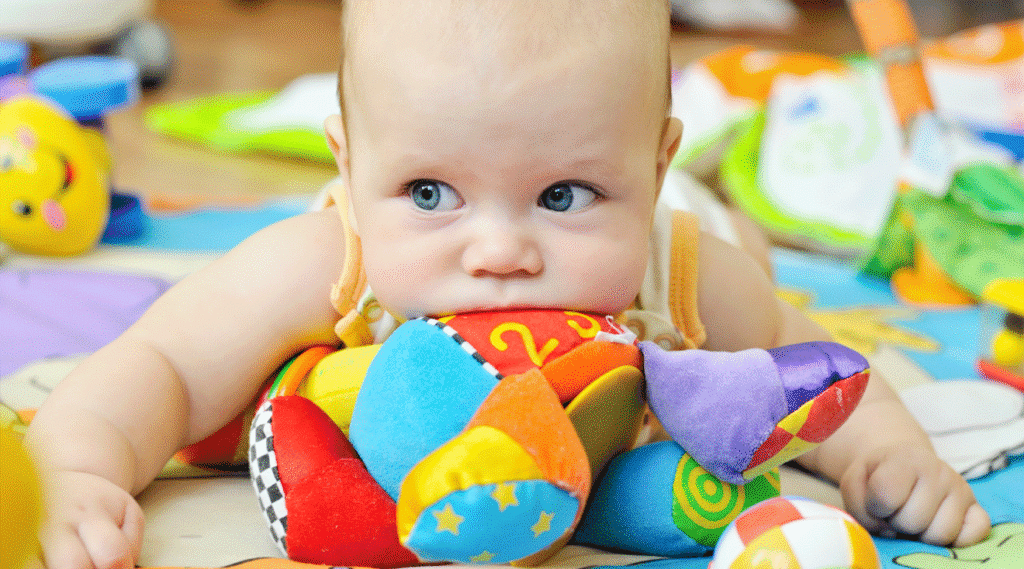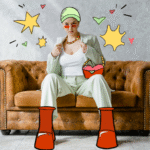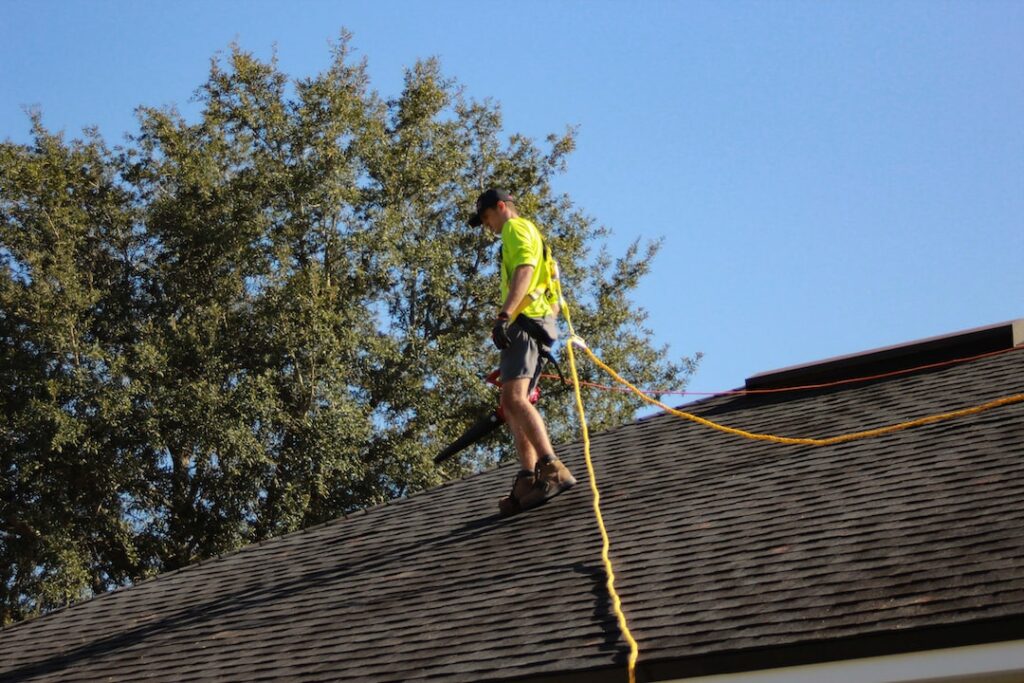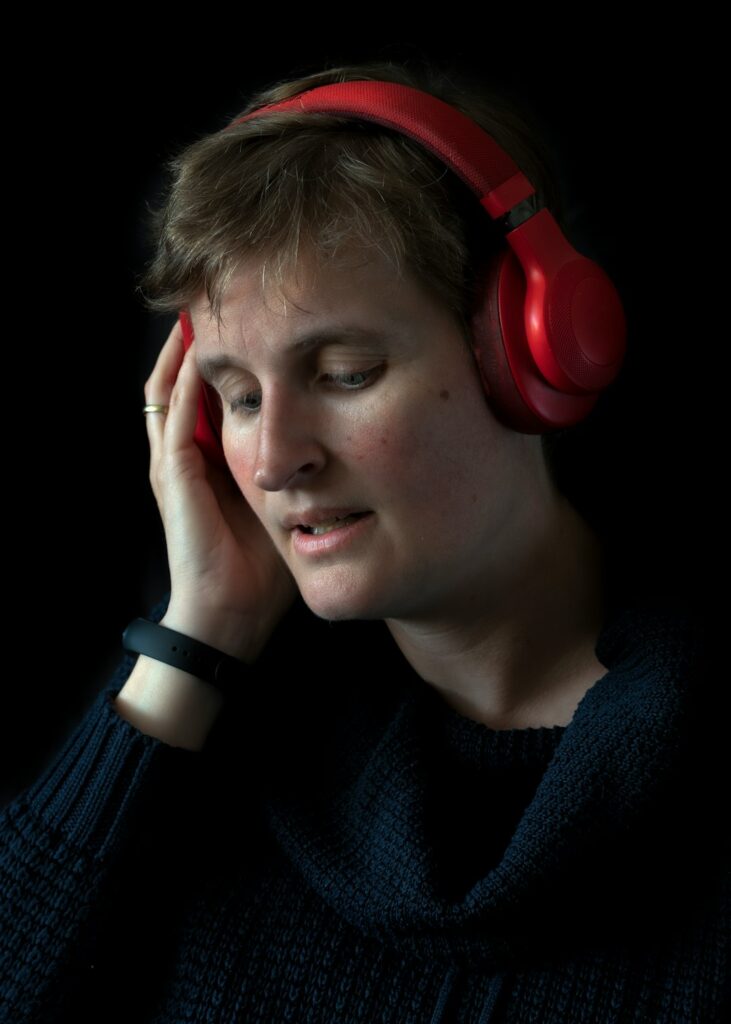A newborn experiences the world differently, relying heavily on their senses to learn about their surroundings. Among these senses, vision is one of the most critical for their growth and development. However, newborn vision is not fully developed at birth—it takes months for their eyes and brain to work together to process what they see.
This guide will dive deep into the best toys for newborn baby vision, focusing on toys that entertain and promote healthy visual development. From high-contrast designs to interactive play gyms, the right baby toy can turn playtime into a powerful learning experience for your baby.
The Importance of Vision Development in the First Months
What Newborns See in the First Few Weeks
From birth, babies are naturally drawn to bold, high-contrast visuals, as these are easier for their still-maturing eyes to process. Newborns see best at a range of about 8-12 inches—a limited range just enough to focus on the caregiver’s face during feeding and close interaction.
They perceive the world in shades of black, white, and gray due to the cones in their retinas not yet having developed the ability to detect a wide range of colors. As weeks go by, babies’ vision becomes sharper. They gradually begin focusing on bright colors, track objects, and develop depth perception. Encouraging these milestones with specific toys supports healthy eye development and prepares your baby for the next growth stage.
How Toys for Newborn Baby Stimulate Vision Development
Toys are not just tools for entertainment; toys for newborn baby are essential for stimulating their developing brain. The right toys play a pivotal role in your baby’s growth. Vision-stimulating toys are designed to engage newborns by using features like bold patterns, movement, and contrasting colors to enhance their ability to focus and track objects. These toys also encourage sensory exploration, cognitive skills, and early motor development.
By introducing toys designed to meet the needs of a newborn’s visual capabilities, parents can:
- Encourage Focus: High-contrast toys help babies focus on shapes and patterns
- Improve Tracking: Moving toys encourage babies to follow objects with their eyes
- Support Depth Perception: Interacting with toys at different distances helps improve spatial awareness
- Foster Early Learning: Visual stimulation supports brain development, laying the foundation for problem-solving and cognitive skills later in life
How Toys for Newborn Baby Vision Align with Developmental Milestones
- Birth to 1 Month: Recognizing High Contrast – A baby’s vision is focused on objects close to their face, like a parent’s eyes or bold patterns in black and white. At this stage, toys like high-contrast flashcards or black-and-white mobiles are perfect for stimulating their limited visual capabilities.
- 1 to 2 Months: Developing Tracking Skills – Babies can track slow-moving objects. Toys that move, like a crib mobile or a gently swaying rattle, help strengthen their tracking ability.
- 2 to 4 Months: Exploring Color – From about 8 weeks onward, babies see bright colors like red and green. Introducing toys with primary colors boosts their color recognition skills and provides added visual interest.
- 4 to 6 Months: Coordinating Vision and Movement – Babies reach for objects they see, coordinating their hand movements with visual input. Toys like play gyms, sensory balls, and mirrors encourage this skill development while engaging with playtime.
The Role of Play in Your Baby’s Development
Play is more than fun; it’s crucial for a baby’s growth. Toys for newborn baby designed for vision stimulation help develop cognitive, sensory, and motor skills, creating a strong foundation for future milestones.
Top Features to Look for in Toys for Newborn Baby Vision
Before choosing, what are the toys’ features most effective for promoting visual growth? Here’s what to look for:
- High Contrast Colors: Black-and-white or boldly contrasting colors are easier for newborns to see and hold their attention
- Geometric and Bold Patterns: Stripes, polka dots, and other simple patterns stimulate visual interest
- Safe Movement: Toys that spin, sway, or rattle encourage babies to follow the motion, supporting their tracking skills
- Color Gradients: As babies grow, toys with primary colors enhance their ability to distinguish between hues
- Varied Textures: Touch-and-feel toys stimulate sensory coordination
- Interactive Features: Sounds or lights add an extra layer of sensory stimulation
Safety Considerations for Newborn Toys
- Safe Design: Ensure toys are free of small parts, sharp edges, and toxic materials
- Easy to Clean: Opt for materials that can be easily wiped down or washed
- Age-Appropriate: Always check manufacturer guidelines for age recommendations
- Secure Construction: No loose threads, buttons, or parts that could pose a choking hazard
Best Toys for Newborn Baby Vision
Below, we’ll explore some of the top toys for newborn baby options that are effective and safe.
1. High-Contrast Flashcards and Visual Cards
High-contrast flashcards are an effective way to stimulate a newborn’s developing eyesight. Cards with bold, geometric shapes in black and white are particularly engaging. You can hold them up during tummy time or use them to create a stimulating environment in their crib. These simple tools help babies practice focusing and can be used from birth through several months as vision develops.
2. Black-and-White Crib Mobiles
Mobiles featuring high-contrast designs are ideal for babies in their first few months. These hanging toys encourage visual tracking and help babies practice focusing their eyes. Place a baby mobile over the crib or changing table for the best results. It is recommended that the mobile objects be changed regularly to maintain interest. Look for mobiles with slow, gentle movement rather than fast spinning options.
3. Soft Crinkle Books with Bold Patterns
Soft, crinkle books with black-and-white patterns are safe and stimulating for newborns. The crinkle sound adds an auditory element, making the toy multi-sensory. Look for books with large, bold illustrations of animals or shapes. These books can include high-contrast images and textures, making them both visually engaging and tactile.
4. Sensory Rattles with Visual Appeal
Lightweight rattles that are easy to grasp promote hand-eye coordination while providing auditory stimulation. Rattles in simple colors with bold, contrasting designs and textures are perfect for engaging your baby’s multiple senses of sight, sound, and touch. As your baby tracks the movement of the rattle, they begin to coordinate their visual and auditory senses.
5. Play Gyms with Mirrors and Hanging Toys
Play gyms have various high-contrast patterns and dangling toys, but the addition of a mirror makes them especially beneficial. Babies love looking at reflections, and while they may not recognize themselves right away, mirrors captivate their attention and promote visual focus. Activity play gyms stimulate visual tracking and encourage reaching and grasping.
6. Clip-on Toys for On-the-Go Stimulation
Toys that can be attached to strollers or car seats with clips are perfect for on-the-go stimulation. Look for options with high-contrast patterns, mirrors, or small dangling elements that rattle, keeping your baby entertained during walks or errands. These portable options ensure visual development continues even when you’re out and about.
7. Soft Toys with Bold Geometric Designs
Stuffed animals or soft toys featuring black-and-white patterns provide comfort while engaging your baby’s vision. Choose lightweight toys that are easy for little hands to eventually grasp. These toys can serve double duty as both comfort objects and visual stimulation tools.
8. Tummy Time Mats with Visual Elements
Tummy time is essential for strengthening a baby’s upper body and promoting motor skills. A mat with high-contrast designs or bold, colorful elements makes tummy time more enjoyable and visually engaging. Some mats include attached toys or mirrors to make the experience more interactive.
9. Baby-Safe Mirrors
Babies are fascinated by faces, including their own reflection! A baby-safe mirror encourages visual exploration during tummy time. Placing a mirror on the floor allows your baby to observe their movements, encouraging them to lift their head and strengthen their neck muscles while providing visual engagement.
10. Textured Sensory Balls
Textured sensory balls with contrasting colors stimulate both touch and vision. While babies may not initially grasp the ball, they will enjoy looking at its bold designs and eventually feeling the different textures. These toys grow with your baby, remaining useful as motor skills develop.
11. Projection Toys for Gentle Stimulation
Some toys project simple shapes, patterns, or lights onto the ceiling, providing a calming yet stimulating experience. These gentle projections captivate a newborn’s attention, soothing babies while encouraging them to focus and stimulating their developing vision. Use these during quiet time or as part of a bedtime routine.
12. Activity Cubes and Blocks
Soft foam cubes or blocks with various textures and large black-and-white images captivate infants and encourage sensory exploration. These versatile toys can be stacked, thrown (when baby is older), and explored from multiple angles, providing long-lasting developmental value.
Tips for Using Toys for Newborn Baby Vision Effectively
Incorporating toys for newborn baby into their daily routine is a wonderful way to promote their development while strengthening your bond. Here are some practical tips to ensure you’re making the most of playtime with your little one:
Use Toys During Tummy Time
Tummy time is essential for building your baby’s neck, shoulder, and upper body strength. Introducing toys during this activity makes it more engaging and encourages visual focus and motor skills. Place high-contrast toys, mirrors, or black-and-white flashcards at eye level while your baby is on their tummy. Move the toy side to side to encourage head-turning and visual tracking.
Engage with High-Contrast Toys Post-Feeding
After feeding, your baby is likely calm and alert—an ideal time for visual stimulation. High-contrast toys or soft rattles during this quiet period keep your baby engaged without overwhelming them. Hold up a high-contrast flashcard or soft book about 8-12 inches from your baby’s face. Let them study the shapes or patterns before gently moving the toy to encourage tracking.
Incorporate Toys Into Bedtime Routines
Bedtime is a time for relaxation, but it can also include subtle visual engagement to wind down your baby. Use a mobile with high-contrast patterns or a light projector to display soothing images on the ceiling as part of your baby’s bedtime ritual. Gentle movement and soft light patterns calm your baby while offering mild visual stimulation.
Make Diaper Changes Interactive
Diaper changes can sometimes be stressful for both parents and babies. Toys redirect your baby’s attention and make the process smoother. Attach a clip-on toy with bold patterns to the changing table or offer a small high-contrast rattle for your baby to hold during changes. This keeps your baby visually engaged and reduces fussiness.
Rotate Toys Frequently
Babies thrive on novelty. Switching out toys regularly keeps them curious and ensures they don’t lose interest in familiar items. Keep a small selection of high-contrast toys, mirrors, and rattles on hand and rotate them every few days. This regular change offers a variety of visual and tactile experiences.
Follow Your Baby’s Cues
Watch for signs that your baby is ready for play or needs a break:
- Ready to play: Alert eyes, calm body, looking around
- Overstimulated: Turning away, closing eyes, fussiness, arching back
When you notice signs of overstimulation, take a break and try again later.
Creating the Optimal Visual Environment
Beyond individual toys, consider your baby’s overall visual environment:
- Lighting: Ensure adequate but not harsh lighting during playtime
- Positioning: Keep toys within your baby’s optimal viewing distance (8-12 inches for newborns)
- Background: Use plain backgrounds when presenting toys to avoid visual clutter
- Timing: Engage with toys when your baby is alert but not overtired
Support Your Newborn Baby’s Holistic Development with the Right Toys
Vision toys are about more than just eyesight—they support your baby’s cognitive, sensory, and motor development. Toys for newborn baby play a key role in their early learning journey by encouraging focus, tracking, and interaction.
By incorporating vision-specific toys into your baby’s daily routine, you provide them with a fun and stimulating environment that fosters growth in every area. Remember that every baby develops at their own pace, and the most important element is your loving interaction during playtime.
The world is full of wonder for a newborn, and with the right toys, you’ll ensure their journey of discovery is off to a bright start. Trust your instincts, follow your baby’s lead, and enjoy watching as their visual world comes into focus day by day.





